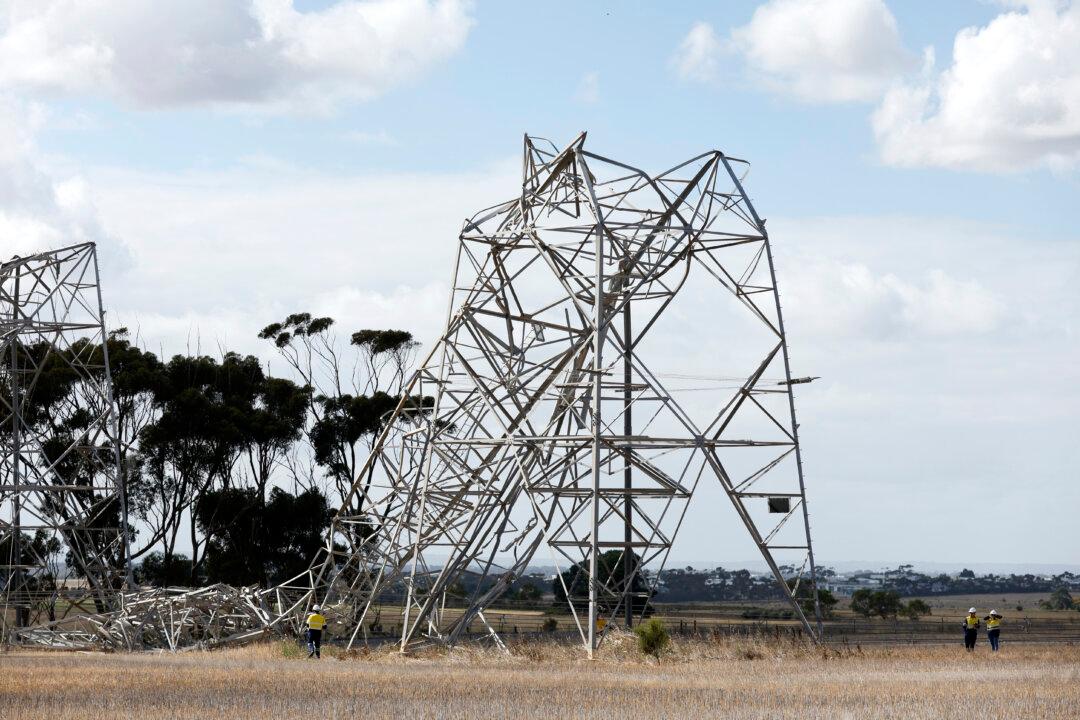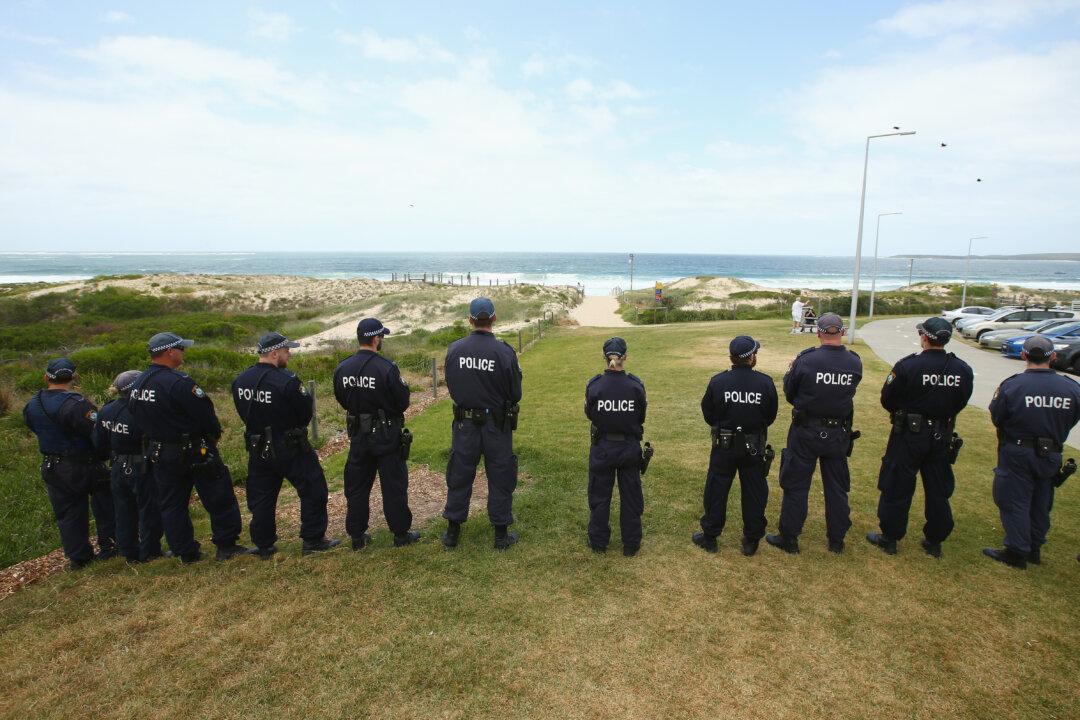A severe thunderstorm in Melbourne, bushfires in the Grampians, and strong winds around Gippsland have left damage across Victoria.
The State Emergency Service fielded 3,500 calls for help between Tuesday and Wednesday afternoon. Temperatures in some parts of the state exceeded 40 degrees Celcius (104 degrees Fahrenheit), while winds gusted up to 150 kilometres per hour.





